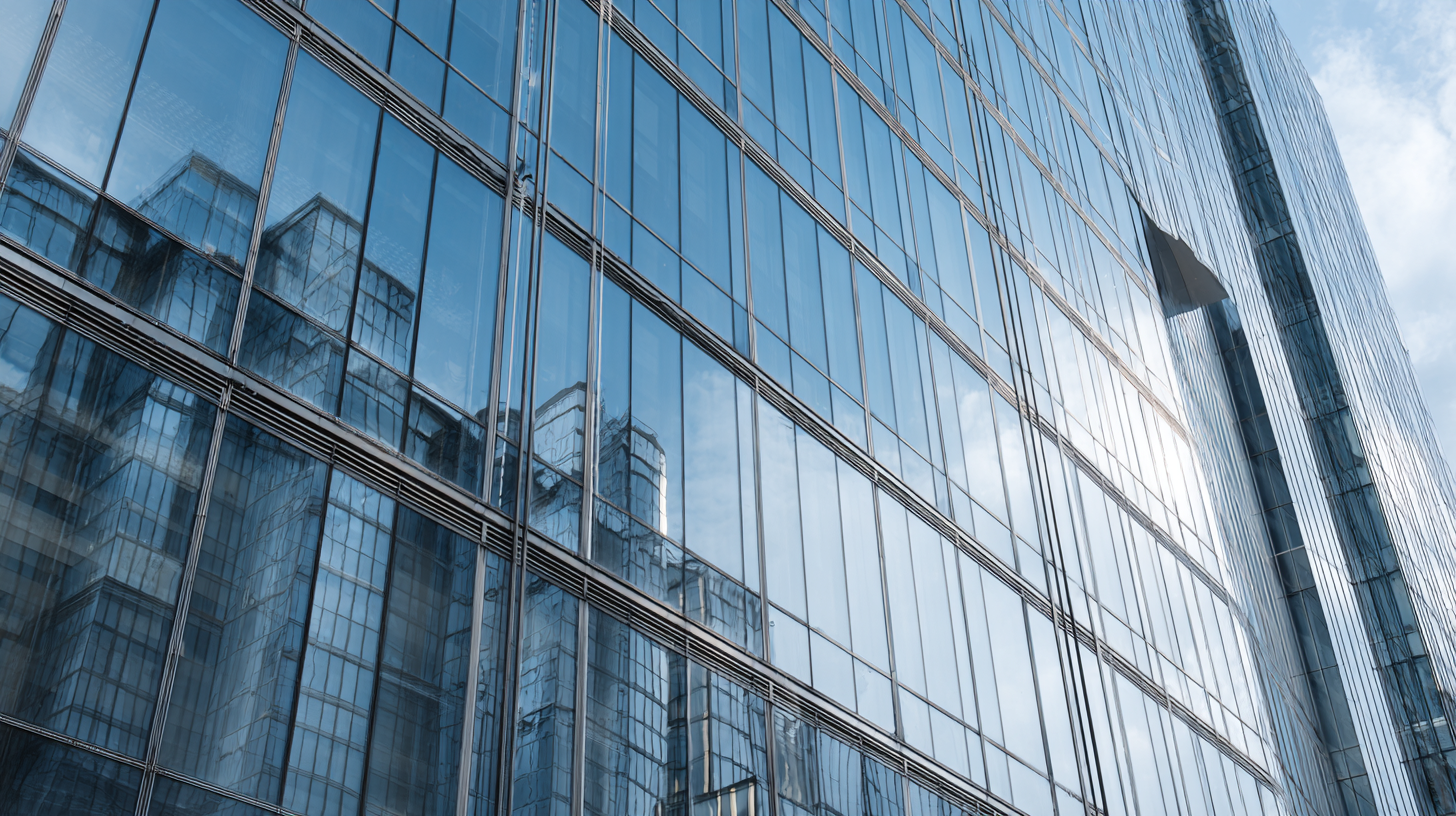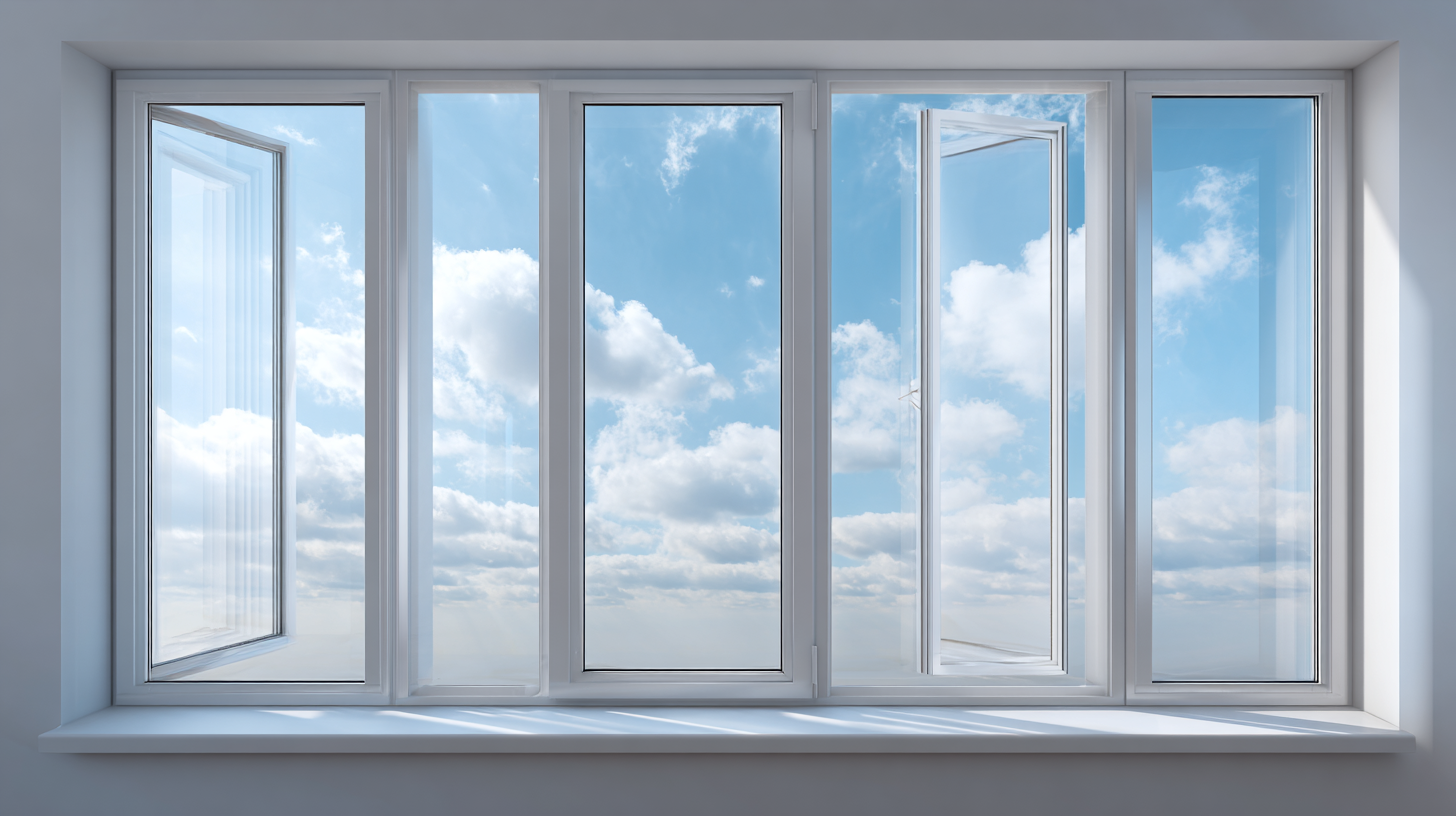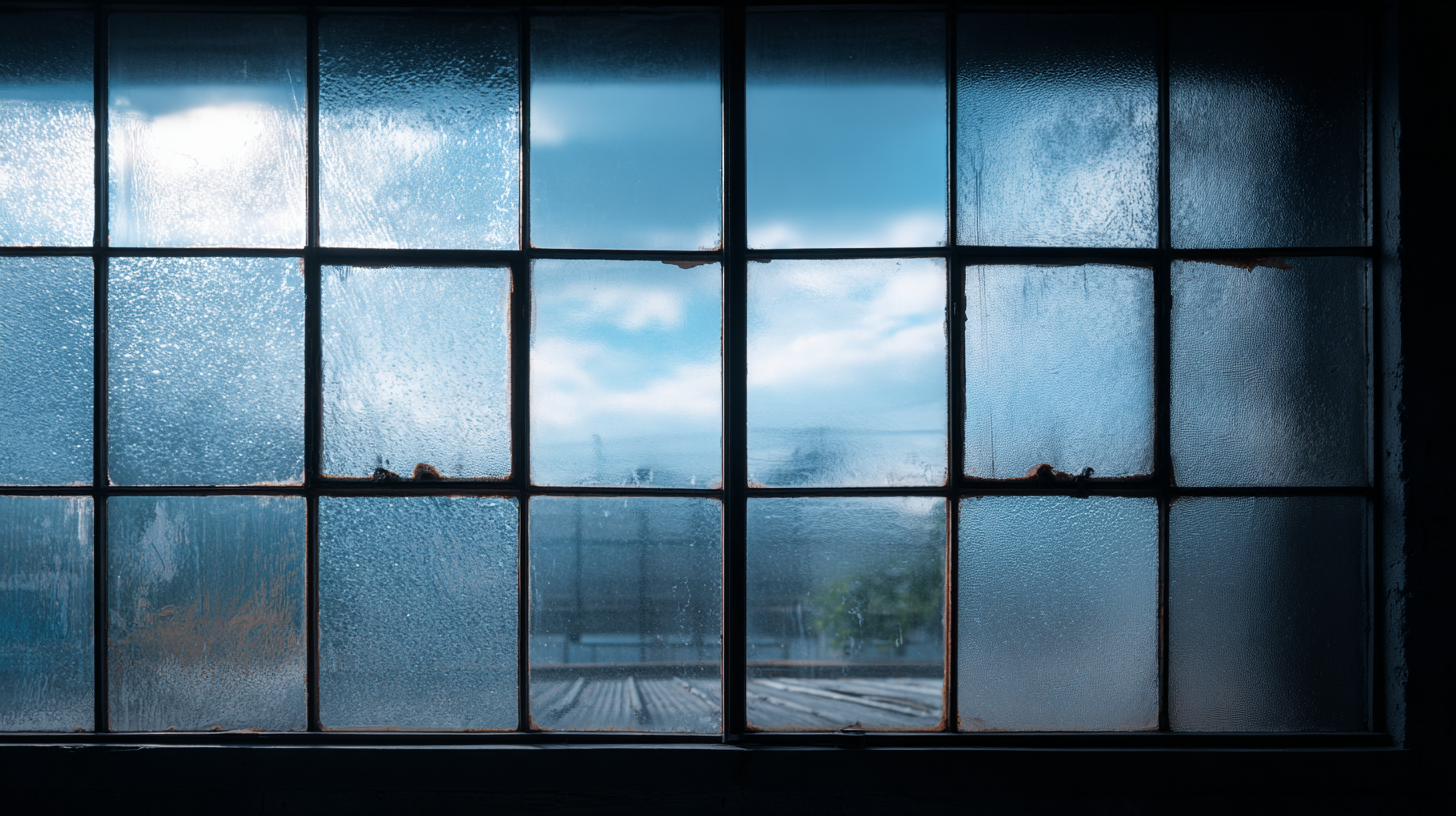In recent years, the demand for high-performance building materials has surged, particularly in the realm of windows, where energy efficiency and durability are paramount. According to the latest report from the National Association of Home Builders, nearly 65% of homeowners prioritize energy-efficient window solutions, a statistic that emphasizes the growing relevance of Metal Clad Windows in contemporary construction. These windows, known for their combination of a robust exterior typically made from aluminum or vinyl and a warm wood interior, not only enhance the aesthetic appeal of properties but also offer significant advantages in energy conservation and maintenance. As the industry evolves, understanding the specifications and benefits of Metal Clad Windows becomes crucial for builders and homeowners alike, facilitating informed decisions that cater to both functional needs and personal preferences.

 Metal clad windows offer a unique blend of durability and aesthetic appeal that sets them apart from traditional window styles. One of the key advantages is their exceptional resistance to the elements. The outer metal layer protects against harsh weather conditions, ensuring long-lasting performance without the need for frequent maintenance. Unlike wooden windows, which can warp and rot over time, metal clad windows maintain their integrity and appearance, making them an ideal choice for any climate.
Metal clad windows offer a unique blend of durability and aesthetic appeal that sets them apart from traditional window styles. One of the key advantages is their exceptional resistance to the elements. The outer metal layer protects against harsh weather conditions, ensuring long-lasting performance without the need for frequent maintenance. Unlike wooden windows, which can warp and rot over time, metal clad windows maintain their integrity and appearance, making them an ideal choice for any climate.
In addition to their durability, metal clad windows come in a variety of designs and finishes that can enhance any architectural style. Homeowners no longer have to sacrifice beauty for functionality; with options that mimic the look of wood combined with the strength of metal, these windows provide a balance of elegance and practicality. Furthermore, they offer superior energy efficiency, which can lead to lower heating and cooling costs, a significant advantage compared to traditional single-pane windows. This combination of style, efficiency, and resilience makes metal clad windows a wise investment for both new builds and renovations.
When considering metal clad windows, understanding the types of metal cladding available and their specific features is essential. The most common types of metal used for cladding include aluminum and steel, each offering a unique blend of aesthetics, durability, and performance. Aluminum cladding is lightweight and resistant to corrosion, making it a popular choice for both residential and commercial buildings. Its versatility allows for a variety of finishes and colors, enhancing architectural appeal while maintaining low maintenance levels.
On the other hand, steel cladding provides unmatched strength and security, perfect for high-traffic areas or properties in severe weather conditions. It often requires a protective coating to prevent rusting, yet its robust characteristics can greatly extend the lifespan of window frames. Additionally, manufacturers now offer options that incorporate thermal breaks to improve energy efficiency, giving homeowners more reason to consider metal clad windows as a viable option for their building projects. Understanding these different types of cladding and their features can help you make informed decisions that balance aesthetics, efficiency, and functionality.
When it comes to choosing windows for your home, understanding the energy efficiency of different materials can significantly impact your utility costs and comfort. Metal clad windows, often made with a solid wood frame covered in a layer of aluminum or fiberglass, offer distinctive advantages over traditional vinyl windows. One key benefit of metal clad windows is their exceptional durability, which helps maintain their energy efficiency over time. Unlike vinyl, which can warp or fade in extreme weather conditions, metal clad windows are built to withstand the elements while providing superior insulation.

In terms of thermal performance, metal clad windows typically feature advanced glazing options that enhance their energy efficiency. They can be equipped with low-emissivity (Low-E) glass, which reflects heat during the summer while retaining warmth in the winter. Vinyl windows, while economical and easy to maintain, often lack the same level of customizability in glass options. This difference can lead to potentially higher energy bills for vinyl window users, especially in more extreme climates. Ultimately, for homeowners looking to invest in long-term energy savings, metal clad windows stand out as a highly effective choice compared to their vinyl counterparts.
When considering window options for durability and low maintenance, metal clad windows stand out significantly against traditional wood and aluminum alternatives. According to a report by the Window and Door Manufacturers Association, metal clad windows can last up to 30 years with minimal upkeep, compared to wood windows, which require regular painting and sealing every few years to prevent rot and decay. The robust exterior of metal cladding not only protects against adverse weather conditions but also eliminates the need for frequent repairs, making it an attractive choice for homeowners seeking longevity.
While aluminum windows offer some degree of durability, they can be more susceptible to temperature expansion and contraction, leading to a shorter lifespan and potential seal failure. A study published in the Journal of Architectural Engineering revealed that metal clad windows outperform aluminum in terms of energy efficiency, providing better insulation and reducing heating and cooling costs by up to 25%. This energy efficiency, combined with superior resistance to the elements, makes metal clad windows a wise investment for modern homes looking to balance aesthetic appeal with practical performance.
When considering the investment in metal clad windows, cost is a critical aspect that should not be overlooked. Metal clad windows provide a combination of durability and aesthetic appeal, making them a popular choice for residential and commercial properties alike. According to industry reports, while the initial cost of metal clad windows can be higher compared to traditional wood frames, their long-term benefits can justify the upfront investment. These windows typically show a lifespan increase of 30-40% compared to wood frames, translating to potential savings on replacements and maintenance over the years.
Furthermore, understanding market dynamics is essential, especially in the context of current economic shifts. The recent changes in US trade policy may impact the supply chain and production costs for metal clad windows. As manufacturers adapt to new regulations, there could be fluctuations in pricing, ultimately affecting consumers. Industry analysts suggest that keeping tabs on these developments can empower investors and homeowners to make informed decisions, particularly when planning renovations or new builds. The financial viability of metal clad windows, therefore, hinges not just on material costs but also on the broader economic environment and evolving market trends.




